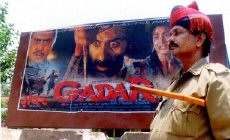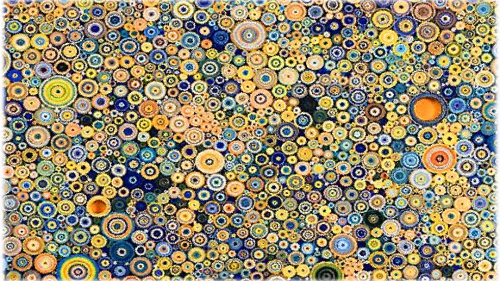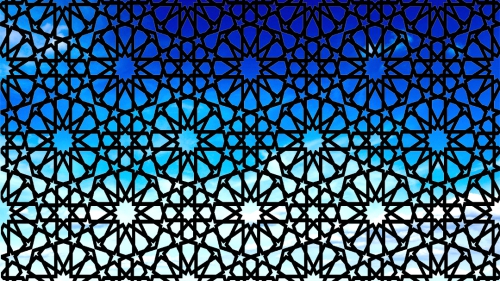New Indian Film Draws Protests from Muslims

A policeman stands guard in front of a movie billboard for the film 'Gadar' at the Capital Cinema in Patiala, in Punjab state, 20 June 2000. Security has been setup outside cinemas showing 'Gadar' after a mob of over 300 burned down a movie house in Bhopal state on June 19. The protestors objected to alleged anti-Islamic scenes in the movie. The film depicts a love story during the 1947 Hindu-Pakistan partition. |
A new Indian film which depicts the bloody events surrounding the partition of the subcontinent has drawn outrage from the Muslim community. A prominent Indian Muslim group is calling for a boycott of the cable television network that produced the film "Gadar", or Anarchy.
"We are issuing a call today to all Muslims to boycott Zee Network's cable television channels," Mohammad Farooque Azam, president of the Bombay chapter of the Indian Union Muslim League said.
Azam, who has seen "Gadar," said the movie depicts Muslims as rapists, terrorists and unworthy of trust.
Azam echoed the views expressed by a prominent Indian Sikh leader, Rachchpal Singh, that the film was part of a conspiracy to create enmity between the Muslim and Sikh communities.
Gadar, a love saga set in 1947, depicts a Sikh truck driver falling in love and eventually marrying a beautiful Muslim girl, against the backdrop of the partition of the subcontinent into Hindu majority India and Muslim majority Pakistan.
Describing certain scenes in the film as "objectionable", Indian Muslim leaders have demanded some scenes be dropped from the movie.
In a letter faxed to Indian Prime Minister Atal Behari Vajpayee, vice president of All India Muslim Personal Law Board Dr. Syed Kalbe Sadiq said the film has further divided Hindus and Muslims.
"We expect immediate action from you in this regard, otherwise things may go out of hand," wrote Sadiq in the letter.
He also pointed out that Hindus were similarly outraged when Stanley Kubrick's last film, "Eyes Wide Shut" used a well-known verse from the Bhagawad Gita during an orgy scene.
Meanwhile, Muslims in the Indian cities of Bhopal, Kanpur and Ahmedabad staged demonstrations outside cinemas showing the movie. Posters promoting the film were burned and some nearby buildings were damaged during the protests.
The partition sparked off an orgy of sectarian fighting between the two communities which left an estimated one million people dead.
The film is Zee Network's first mega-budget feature film production.
Well-known Indian film actress Shabana Azmi described Gadar as a "provocative" film, but defended its screening.
"Gadar positions the Muslims as the 'other'... The film is designed to be a provocative one. The father of the girl ... subliminally reinforces the canard that any Muslim is automatically a Pakistani," Azmi said.
There are around 140 million Muslims in India, the second largest grouping in the world after Indonesia.
____________________________-
AFP contributed to this report.

















